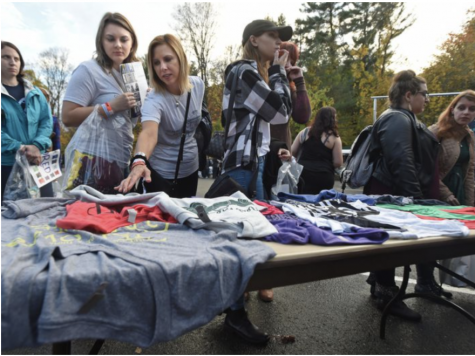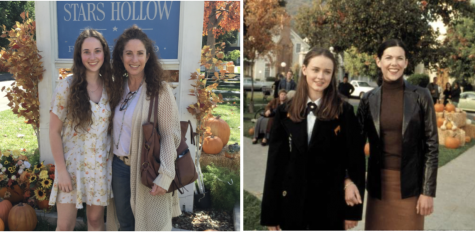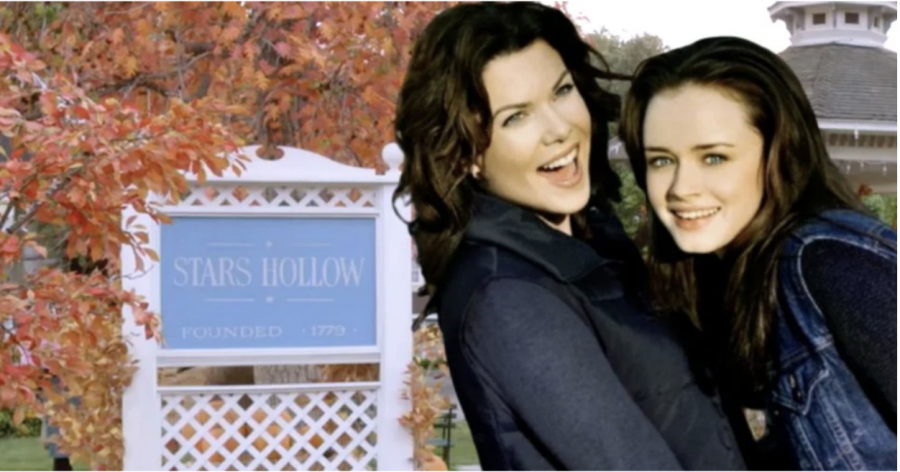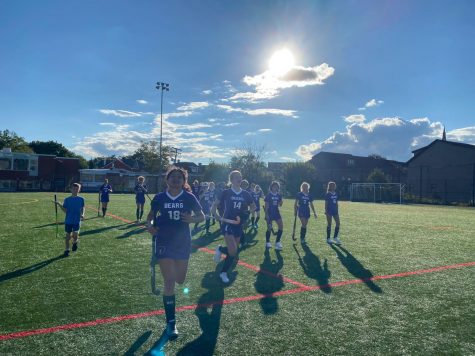The Unlikely Success of Gilmore Girls
Try to remember, for a moment, the laws of physics: static, magnetism, opposites attract, likes repel. The closed-minded might say these are “indelible,” sorry, indisputable facts. But can we really expect human behavior to mirror that of balloons and fridge ornaments?
*suspenseful music*
On October 25th, 2000, a massive tectonic shift in American culture changed the answer to this question forever: The CW’s enduring caucasian sensation, Gilmore girls. It wasn’t a workplace drama, a period piece, or a deeply disturbing look at affluent, upper west side teens looking very good while acting extremely evil. The show was just about a mother and a daughter living in a small town. So who were these viewers, who tuned in every week, to pass through the portal of television into this quaint fictional state of “Connecticut” that Rory and Lorelei Gilmore called home? To find out, I started by speaking with one young, white, brunette woman who wishes to remain anonymous. For the purpose of this interview, we’ll call her Hannah, because that’s her name. I do not believe that including this detail will undermine her anonymity in the least. Sarah, I mean Hannah, or whichever one she was, would end up being the first of many Gilmore girls fans to come forward and speak with me. The culmination of these sources ended up being a surprisingly diverse group of brunette white women of many different heights, ages, and residences on an array of different streets in Point Breeze. So then, what is it that makes these legions of Gilmore Girls girls tick? I set out to find the answer.
On the morning of Sunday, October something, I got up at the peak of Gilmore girls binging season to chat with some girl over scones and hot beverages. The conversation started out slow. I asked her how she was, she said she was pretty good. But then, things scaled as she told me that she had a mom, wore sweaters, and liked to drink coffee. Emily, Mary, whatever her name was, had no idea that she was sending me back to the drawing board with these outliers. The last three women I had talked to said that their mom was their best friend, they wore cardigans and loved coffee. Why was this one so different? And what could she possibly have in common with the others?
I left with more questions than answers. How could a white woman, who was doing pretty good, like a show about such a vastly different white woman who was doing pretty good? Was I on the verge of solving sexism? Ageism? The answer was probably yes.


Did you do a double-take? These are just fans, not the mother-daughter protagonist duo, Lorelei, and Rory Gilmore. When asked what they love about the show they said that they just couldn’t put their finger on what it is about the program that speaks to them so much.
So if these various Megans, Meghans, Meagans, and Megyns, had nothing in common, then what was the driving force, the basis of the show’s appeal? Were they fans of the lead actresses?
“Have you seen Alexis Bledel in Mad Men?” I asked one die-hard fan of Bledel’s character, Rory. “No,” she said, “What’s that?”












